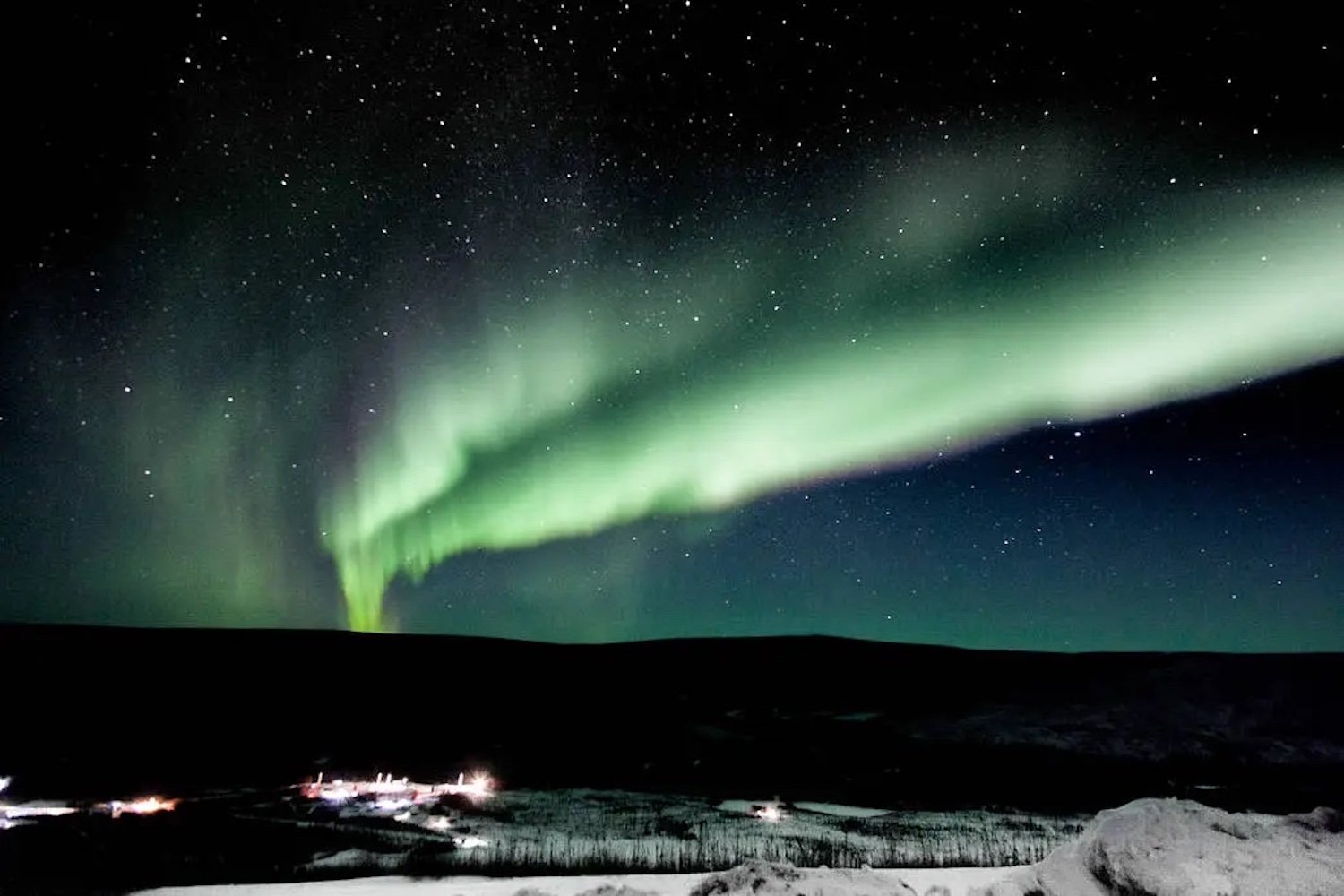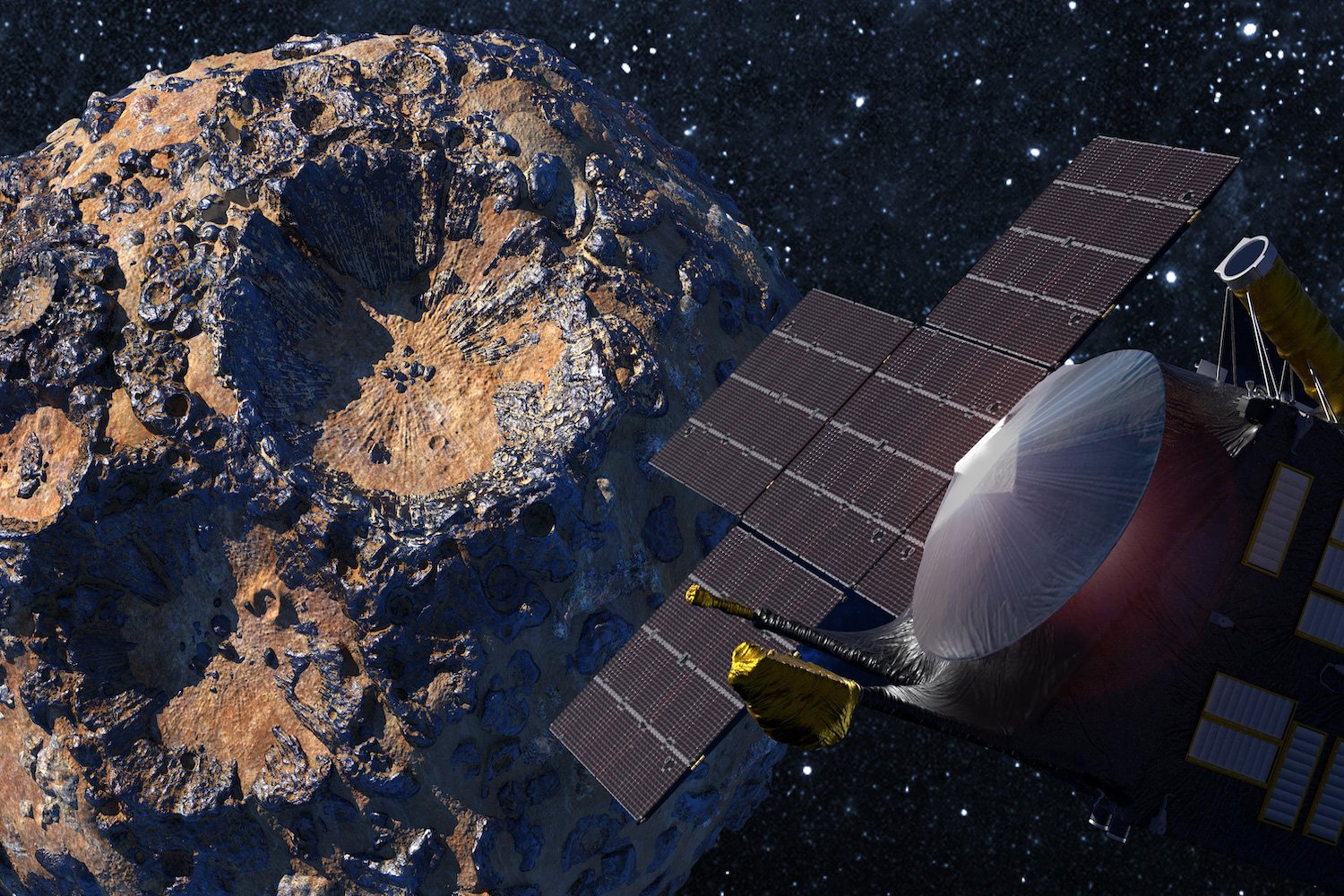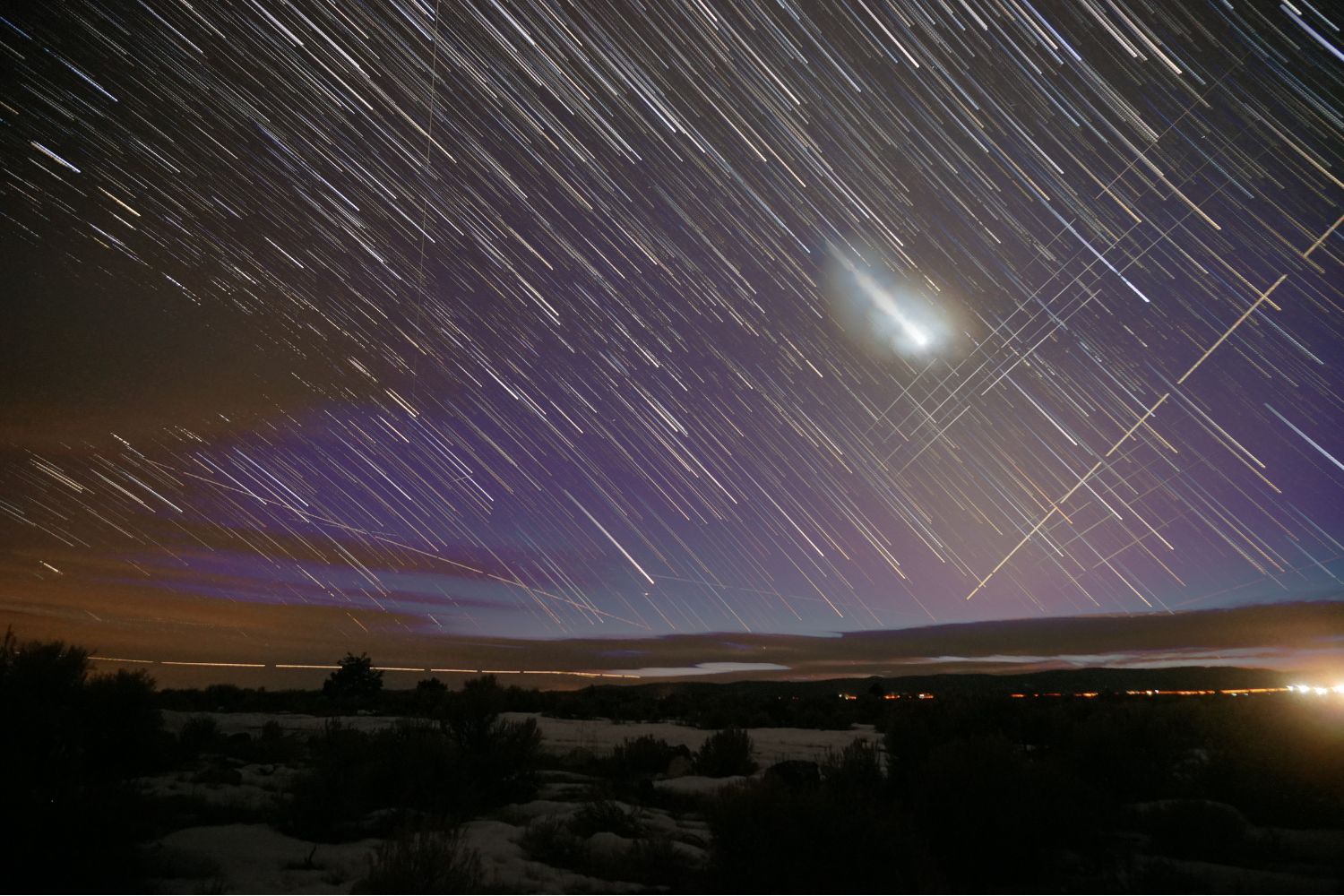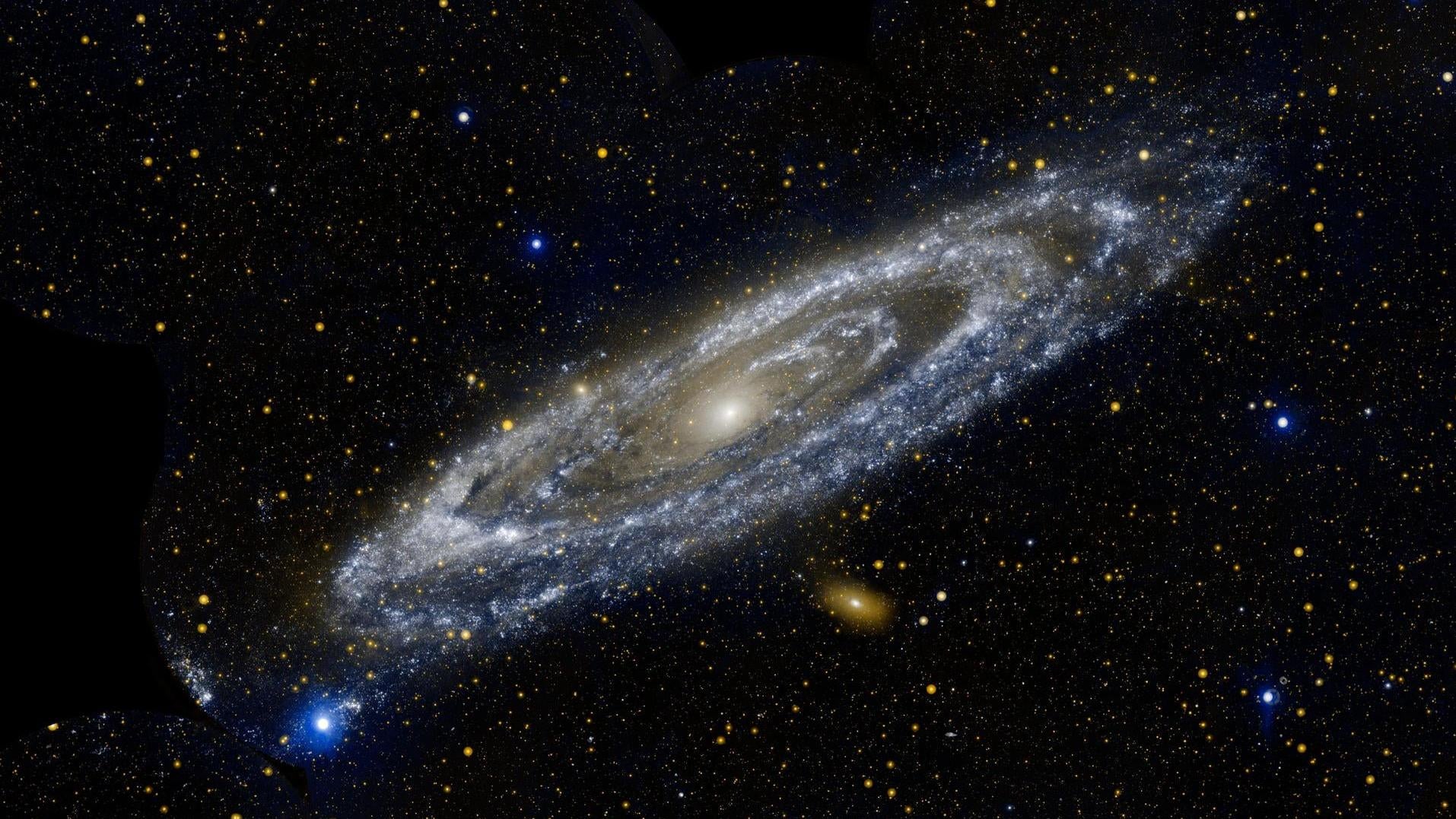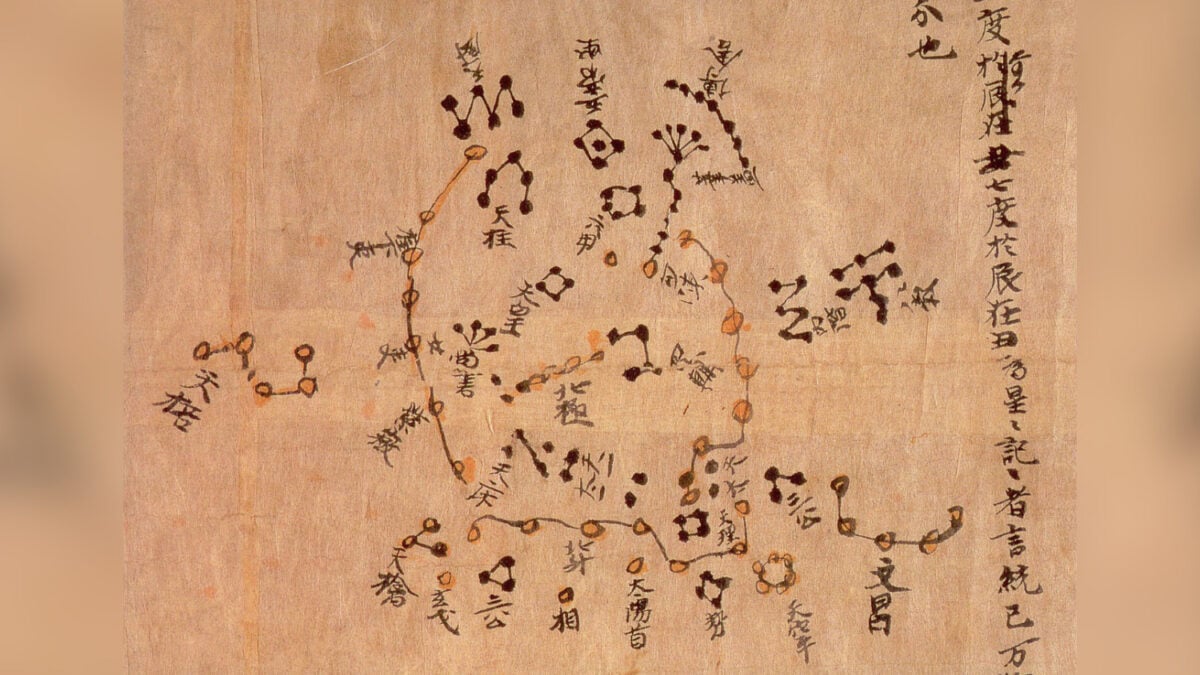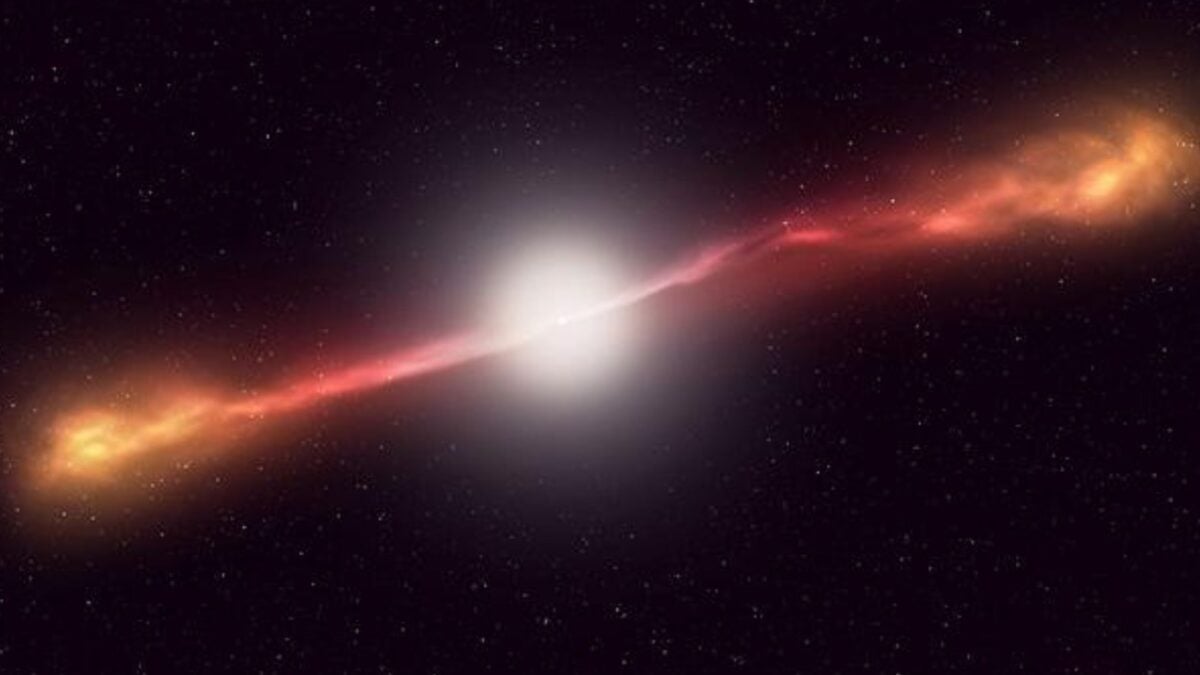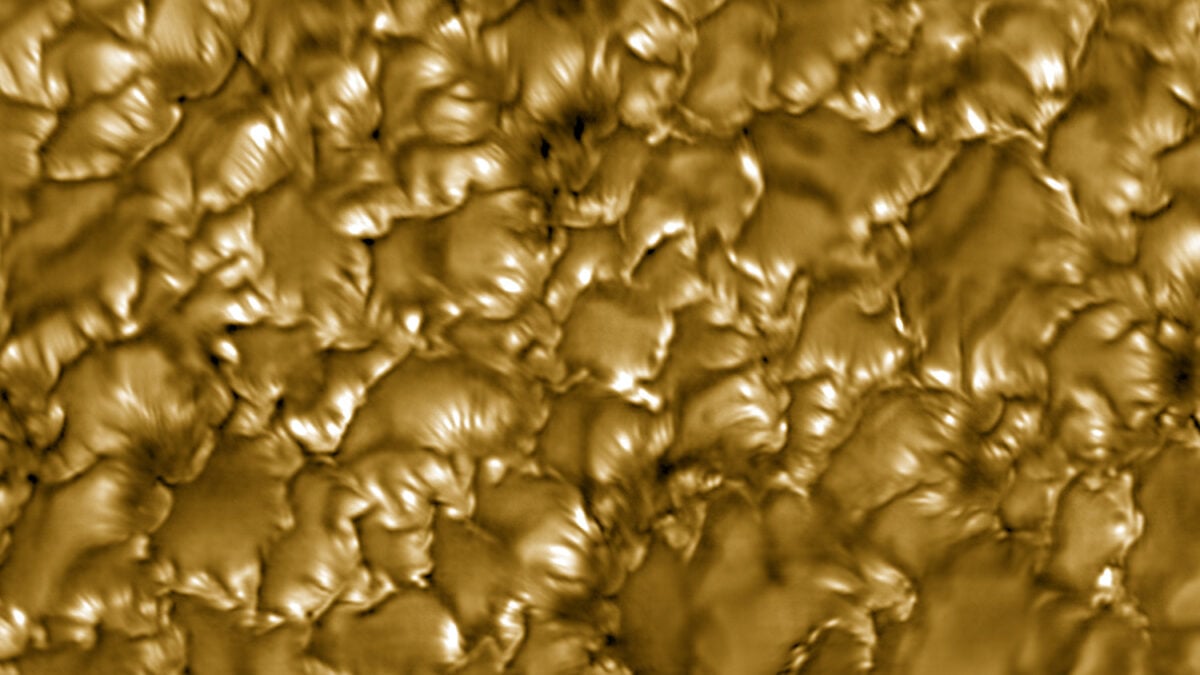A significant geomagnetic storm is anticipated to impact Earth tonight, following a massive solar flare eruption from the Sun. While this event carries the potential for radio blackouts, it also promises a spectacular display of the aurora borealis, or Northern Lights, across parts of North America.
NOAA Forecast: Aurora Viewing Opportunities
The National Oceanic and Atmospheric Administration (NOAA) forecasts the Northern Lights will likely appear over North America on Friday night, continuing through Saturday night into early Sunday morning. Sky watchers in northern Canada and Alaska have the best chances to witness this auroral display. A lesser, though still possible, chance exists for observers in parts of northeastern Washington, northern Idaho, Montana, North Dakota, northern Minnesota, Upper Michigan, northern Wisconsin, and northern Maine.
NOAA’s aurora prediction is visualized on a forecast map, known as a view line. This map displays the aurora’s expected brightness and location as a green oval centered on Earth’s magnetic pole. Areas where the aurora is predicted to be more intense are shown shifting from green to red.
 NOAA's viewline forecast map showing expected aurora borealis visibility over North America.
NOAA's viewline forecast map showing expected aurora borealis visibility over North America.
What Triggers Auroras During Geomagnetic Storms?
Geomagnetic storms are responsible for triggering auroras on Earth. These natural light shows occur when charged particles from solar radiation interact with gases in the planet’s atmosphere, creating vibrant displays in the night sky.
Earth has recently experienced an increase in strong solar events, such as solar flares and coronal mass ejections (CMEs). This heightened solar activity is characteristic of the Sun approaching its solar maximum, the peak of its 11-year activity cycle. Notably, a strong G3 geomagnetic storm on Wednesday triggered auroras across parts of the U.S., and this was followed by another G3 storm on Thursday.
Tips for Viewing the Northern Lights
To maximize your chances of seeing the Northern Lights, timing and location are key. The celestial display is not visible during daylight hours; the optimal viewing window is typically between 10 p.m. and 2 a.m. local time. It’s also advisable to find a high, north-facing vantage point, situated as far as possible from artificial light sources like cityglow, which can obscure the view.
For the most current information this weekend, consult NOAA’s 30-minute forecast page. This resource provides a 30 to 90-minute outlook on the location and intensity of the auroras, helping you plan your viewing attempts.



